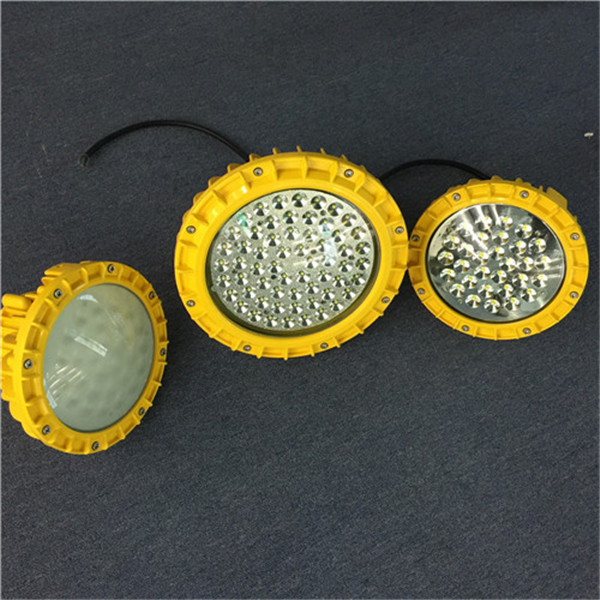1, the LED explosion-proof lamp inside the patch glue pass:
Surface mount adhesives (SMA) are used for wave soldering and reflow soldering. They are mainly used to fix components on printed boards. They are usually dispensed by dispensing or stencil printing to keep components in printed circuit. The position on the board (PCB) ensures that components are not lost during transfer on the assembly line. After attaching the components, put them in an oven or reflow soldering machine to heat harden. The so-called solder paste is not the same, once heated and hardened, it will not melt even after heating, that is, the thermal hardening process of the patch glue is irreversible. The use of SMT patch adhesives may vary depending on the conditions of the heat curing, the materials to be joined, the equipment used, and the operating environment. When using, choose the patch glue according to the production process.
2, LED explosion-proof lamp inside the patch glue components:
Most surface mount adhesives (SMA) used in PCB assembly are epoxy, although polypropylene is also used for special applications. After the introduction of high-speed dispensing systems and the electronics industry's understanding of how to handle products with relatively short shelf life, epoxy resins have become the more mainstream glue technology worldwide. Epoxy resins generally provide good adhesion to a wide range of boards and have very good electrical properties. The main components are: base material (ie, main polymer material), filler, curing agent, other additives.
3, LED explosion-proof lamp inside the use of patch glue:
(1) Preventing component dropout during wave soldering (wave soldering process)
(2) Preventing the other component from coming off during reflow soldering
(3) Prevent component displacement and standing (reflow soldering process, pre-coating process)
(4) When the most marks, printed boards and components are changed in batches, they are marked with patch glue.
4, LED explosion-proof lamp inside the use of patch glue classification:
a. Dispensing type: sizing on a printed circuit board by a dispensing device.
b. Squeegee type: sizing by stencil or copper mesh printing.
5, LED explosion-proof lamp within the glue method SMA can be applied to the PCB using the syringe dispensing method, needle transfer method or template printing method. The use of the needle transfer method is less than 10% of the total application, and it is a disc that is immersed in the glue using a needle array. The suspended glue drops are then transferred to the plate as a whole. These systems require a less viscous glue and are well resistant to moisture absorption because it is exposed to the indoor environment. Key factors in controlling needle transfer dispensing include needle diameter and pattern, temperature of the glue, depth of needle immersion, and length of dispensing (including delay time before and during contact of the needle with the PCB). The bath temperature should be between 25 and 30 ° C, which controls the viscosity of the glue and the number and form of glue points.
Template printing is widely used in solder pastes, and can also be used to dispense glue. Although less than 2% of SMA is currently printed with templates, interest in this approach has increased and new equipment is overcoming some of the earlier limits. The correct template parameter is the key to achieving good results. For example, contact printing (zero off-plate height) may require a delay period to allow for good dot formation. In addition, the squeegee speed and pressure required for non-contact printing of the polymer template (approximately 1 mm gap). The thickness of the metal template is generally 0.15~2.00mm, which should be slightly larger than (+0.05mm) the gap between the component and the PCB.
Finally, the temperature will affect the viscosity and the shape of the dots. Most modern dispensers rely on temperature control devices on the nozzle or chamber to keep the temperature above the room temperature. However, if the PCB temperature is increased from the previous process, the glue dot profile may be damaged.

SUZHOU JH DISPLAY&EXHIBITION EQUIPMENT CO.,LTD , https://www.jh-displaystand.com